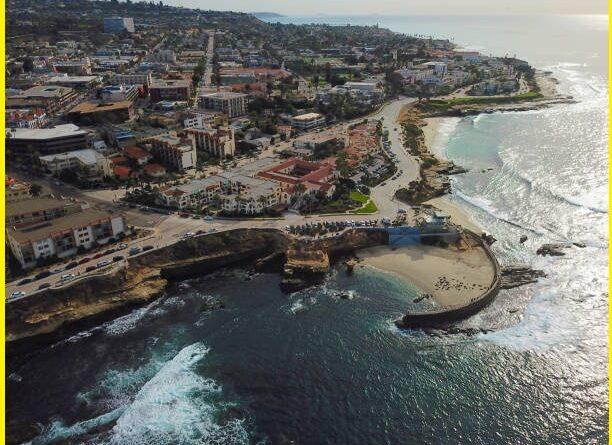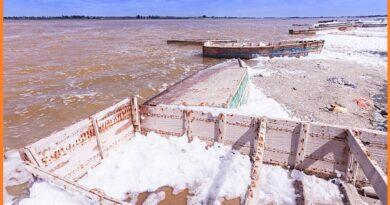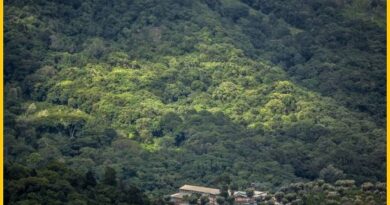Underwater Park San Diego- A Unique Artificial Reef Park
Underwater Park San Diego
La Jolla Underwater Park is a popular marine protected area located in La Jolla, a coastal community in San Diego, California. The underwater park covers over 6,000 acres of the ocean floor and includes several distinct habitats, including kelp forests, sandy flats, and rocky reefs. The park is home to a wide variety of marine life, including sea lions, harbor seals, leopard sharks, and a variety of fish species. The kelp forests in the park are particularly noteworthy and are home to a diverse community of marine organisms, including algae, invertebrates, and fish.
Visitors to La Jolla Underwater Park can explore the park through a variety of activities, including snorkeling, scuba diving, and kayaking. There are several tour operators in the area that offer guided tours and equipment rental for these activities. It is important to note that the park is a protected area, and visitors are required to follow certain rules and regulations to help preserve the park’s natural beauty and diversity. These rules include restrictions on fishing, collecting marine organisms, and disturbing the park’s natural habitats.

La Jolla Cove Underwater Park Reef
Underwater Park San Diego has four distinct habitats-rocky reefs, a kelp bed, sand flats, and a submarine canyon, making it a popular destination for snorkelers and scuba divers. The park was created by San Diego city in 1970 and actually has two other parks within it: the “look but don’t touch” Ecological Reserve and the Marine Life Refuge.
Within the underwater park, San Diego is two artificial reefs, created to attract and enhance marine life. The first was built in 1964 with Santa Catalina quarry rock dumped in 21 m of water near Scripps Canyon. The second was created in 1975 and is located at a depth of 12 m just offshore from Black’s Beach. The reefs keep the waves minimal, making this an entry point for divers and kayakers. Kelp beds on the outer edges of the slope are popular fishing spots and great for observing seals, dolphins, birds, and fish. Beyond the slope, the bottom takes a sudden 150-m-deep plunge into the La Jolla Canyon. The canyon reaches depths of 180 m within the park. The abrupt drop and abundance of marine life help to explain why migrating whales can often be spotted close to shore.
Also, read- Best Things to do in Palm Spring California
The La Jolla Caves
The La Jolla caves are perched within a 75-million-year-old sandstone sea cliff. The sea cliff is most commonly referred to as the 7 Caves of La Jolla. These 7 sculpted cave openings face north, as they sit in between the beach of La Jolla Shores and the sandy beach of La Jolla Cove. The 7 sea caves are named as follows, from west to east: The Clam’s Cave, Sunny Jim’s Cave, Arch Cave, Sea Surprize, Shopping Cart, Little Sister, and White Lady. The La Jolla Sea Caves are only accessible by kayak, except Sunny Jim’s. Sunny Jim’s cave is the only La Jolla cave that is accessible by land via a hand-dug tunnel leading down from the historical landmark. The Clam’s Cave is the only sea cave that is visible from land. The other La Jolla caves are only visible via the ocean. These other caves are usually awash in waves and therefore seldom seen by anyone except kayakers.

Underwater Park Crystal cove activity
Kayak out to the best spot for snorkeling and exploring the famous La Jolla ecological reserve is the best activity in the underwater park. Spotting local wildlife, such as sea lions, bat rays, shovel-nose guitarfish, and maybe even dolphins and sea turtles is amazing to experience. Seven Cave area of La Jolla’s famous underwater park and One of your guides will drop anchor, secure your kayaks, and lead you snorkeling in the reserve.
Visitors to Crystal Cove Underwater Park San Diego can explore the park on their own, or they can join a guided tour or rent equipment from one of the local outfitters. It is important to note that the park is a protected area, and visitors are required to follow certain rules and regulations to help preserve the park’s natural beauty and diversity. These rules include restrictions on fishing, collecting marine organisms, and disturbing the park’s natural habitats.

World’s Largest Underwater park
The world’s largest underwater park is currently the Ras Mohammed National Park, located in the Sinai Peninsula of Egypt. The park covers an area of over 185 square miles and includes both land and sea areas. The underwater park is home to a diverse array of marine life, including over 220 species of coral and over 1,000 species of fish. Divers can explore a variety of underwater habitats, including coral gardens, shallow reefs, and deep drop-offs. In addition to its natural beauty, the park also has a rich cultural history, with several historic shipwrecks located in its waters. Visitors to the park can explore these wrecks, as well as the park’s stunning natural beauty, through a variety of guided tours and diving expeditions.
How to reach Underwater park san diego
The Underwater park is located in the La Jolla Cove area of San Diego. If you are driving, take the I-5 freeway and exit at La Jolla Parkway. Follow the signs for La Jolla Cove and park in the parking lot adjacent to the Cove. You can take the San Diego Metropolitan Transit System (MTS) buses or trolleys to reach the Underwater park. The closest bus stop is at the corner of Coast Boulevard and Prospect Street, which is a short walk to the park. The Underwater park is accessible by bike or on foot from the surrounding neighborhoods. There are bike racks available near the park entrance.



